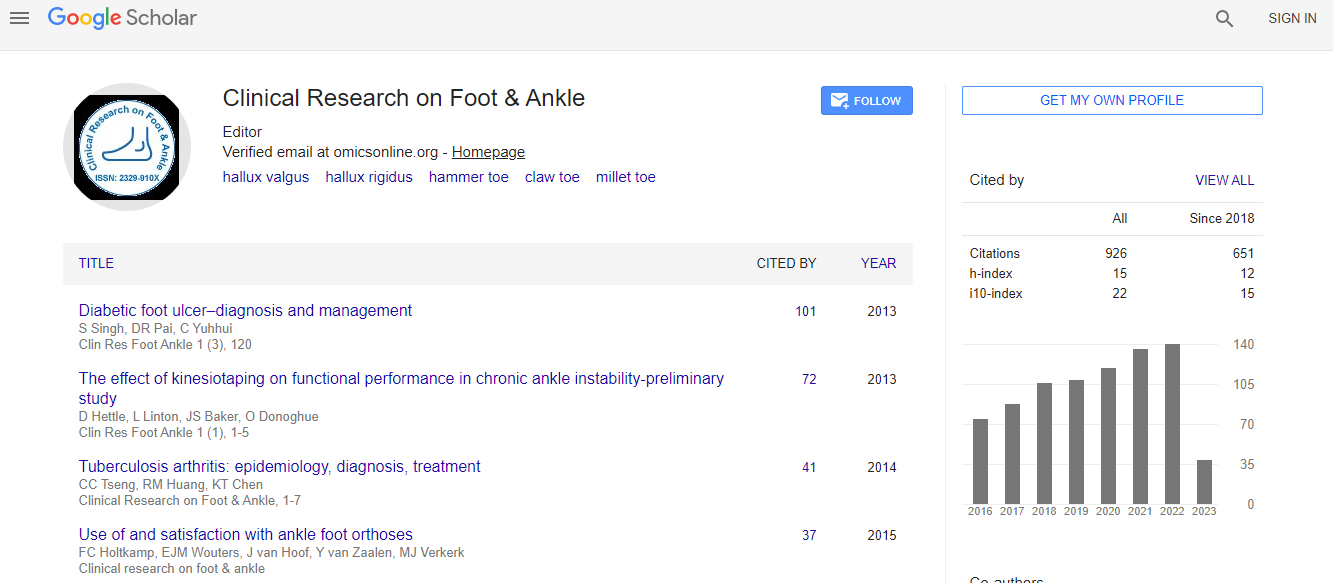Research Article
Video Game-Based Approach in Calf Muscle Training: Lessons from Pilot Study.
Dimitry G Sayenko1,2*, Mark F Robinson1, Matija Milosevic1,3, Kei Masani1 and Milos R Popovic1,31Rehabilitation Engineering Laboratory, Toronto Rehabilitation Institute, Lyndhurst Centre, 520 Sutherland Drive, Toronto, Ontario, M4G 3V9 Canada
2Department of Neurological Surgery, School of Medicine, University of Louisville, 220 Abraham Flexner Way, Ste. 1506, Louisville, Kentucky, 40202 USA
3Institute of Biomaterials and Biomedical Engineering, University of Toronto, 164 College Street, Toronto, Ontario, M5S 3G9, Canada
- *Corresponding Author:
- Dimitry G. Sayenko
Department of Neurological Surgery
School of Medicine, University of Louisville
220 Abraham Flexner Way, Ste. 1506
Louisville, Kentucky, 40202 USA
Tel: +1-502-582-7443
Fax: +1-502-582-7605
E-mail: dimitry.sayenko@jhsmh.org
Received Date: February 27, 2013; Accepted Date: June 21, 2013; Published Date: June 26, 2013
Citation: Sayenko DG, Robinson MF, Milosevic M, Masani K, Popovic MR (2013) Video Game-Based Approach in Calf Muscle Training: Lessons from Pilot Study. Clin Res Foot Ankle 1:110. doi: 10.4172/2329-910X.1000110
Copyright: © 2013 Sayenko DG, et al. This is an open-access article distributed under the terms of the Creative Commons Attribution License, which permits unrestricted use, distribution, and reproduction in any medium, provided the original author and source are credited.
Abstract
Gaming technology is a popular application for physical rehabilitation. However, the key problem with a considerable group of patients is that their muscle function is extensively compromised, which significantly narrows the population eligible for video game-based rehabilitation. We designed a training system to integrate gaming and functional electrical stimulation for the lower leg muscles. Such a system is expected to motivate individuals to exercise more, to assist muscle control, and to promote muscle strengthening. In our previous study, we demonstrated that the training improved the lower leg muscles’ strength and increased the range of motion of the ankle joints. Here we discuss some issues associated with a video game-based approach in rehabilitation, which need to be addressed. In particular, one of the biggest challenges is in maintaining a proper balance between flexibility of the game application to allow adaptation to the patient’s needs from physiological and functional perspectives, and attractiveness of the game interface, all while assuring the most efficient and motivating rehabilitation. As the next step, we decided to design different types of game-based exercises and to expand the variety of game strategies in order to promote and maintain activity of peripheral and central structures of the neuromuscular system, and to avoid the monotony of repetitive tasks. Our ultimate goal is to transfer re-training of movement skills practiced during video game-based interventions to the ability to complete real world tasks and participate in functional activities outside of therapy.

 Spanish
Spanish  Chinese
Chinese  Russian
Russian  German
German  French
French  Japanese
Japanese  Portuguese
Portuguese  Hindi
Hindi 
